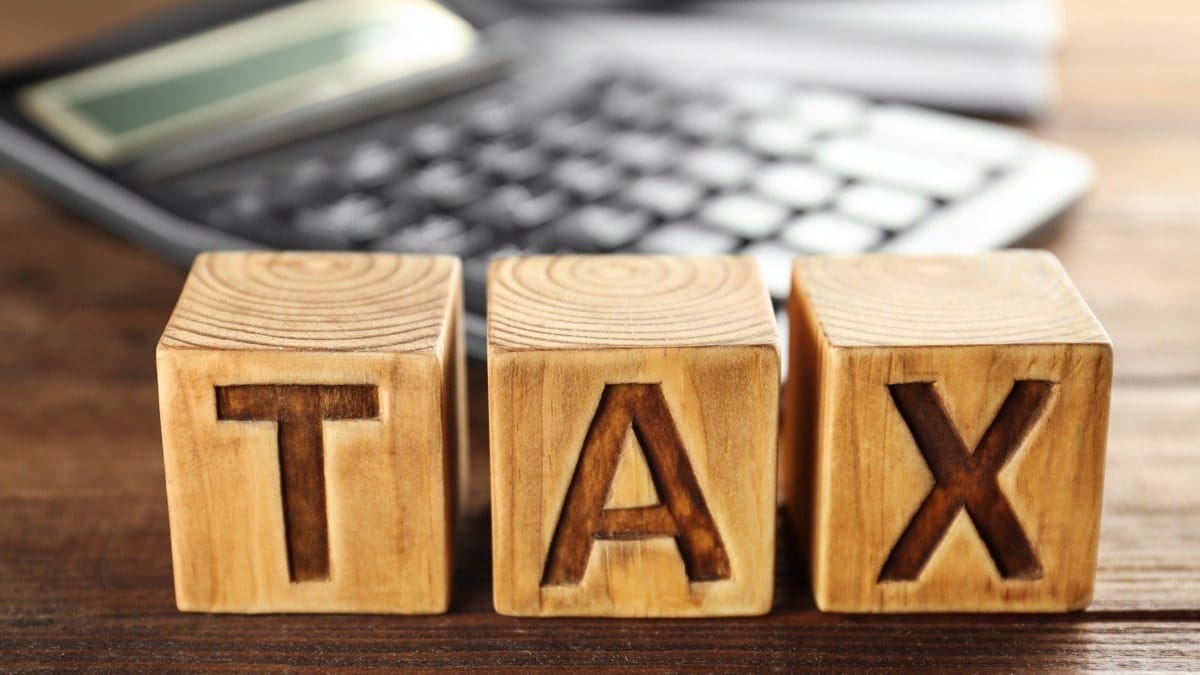SMSF strategies and checklists
In this section you’ll find practical strategies and step-by-step checklists to help you manage your self-managed super fund (SMSF) with confidence. Topics range from multigenerational SMSFs, making decisions at different life stages and winding up a fund, through to investment strategies such as active vs passive approaches, rebalancing, and popular asset choices.
You’ll also find handy checklists to simplify administration, from reviewing your fund’s investment strategy and starting a pension to keeping track of key calendar dates.
Get independent expert guidance for your SMSF

Master SMSF specific strategies so you can capitalise on the unique opportunities available to SMSFs
Find out more


















